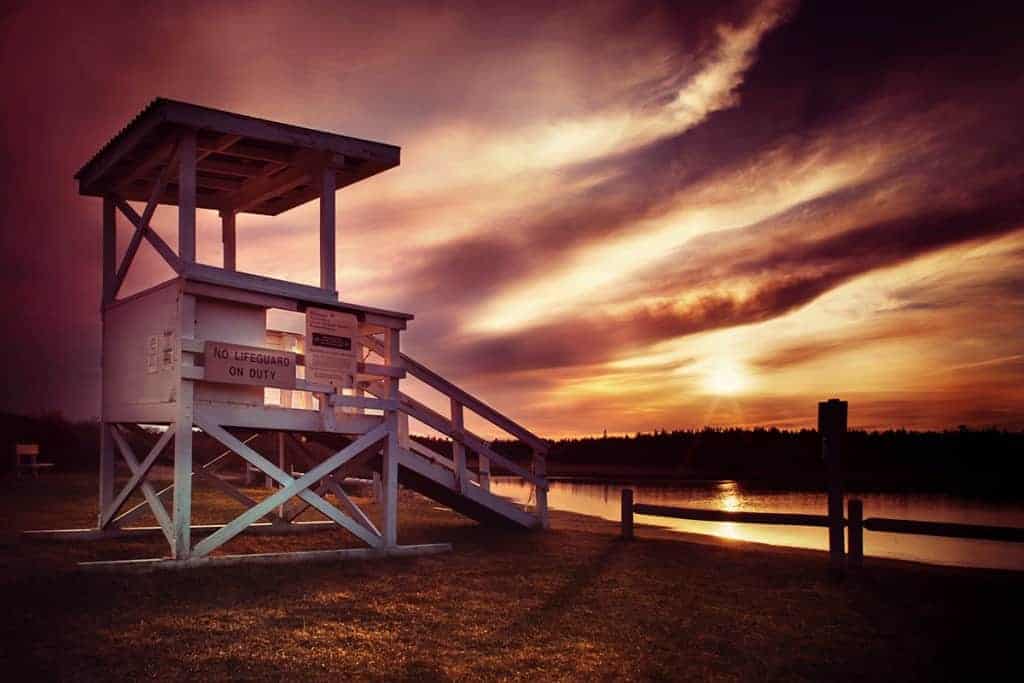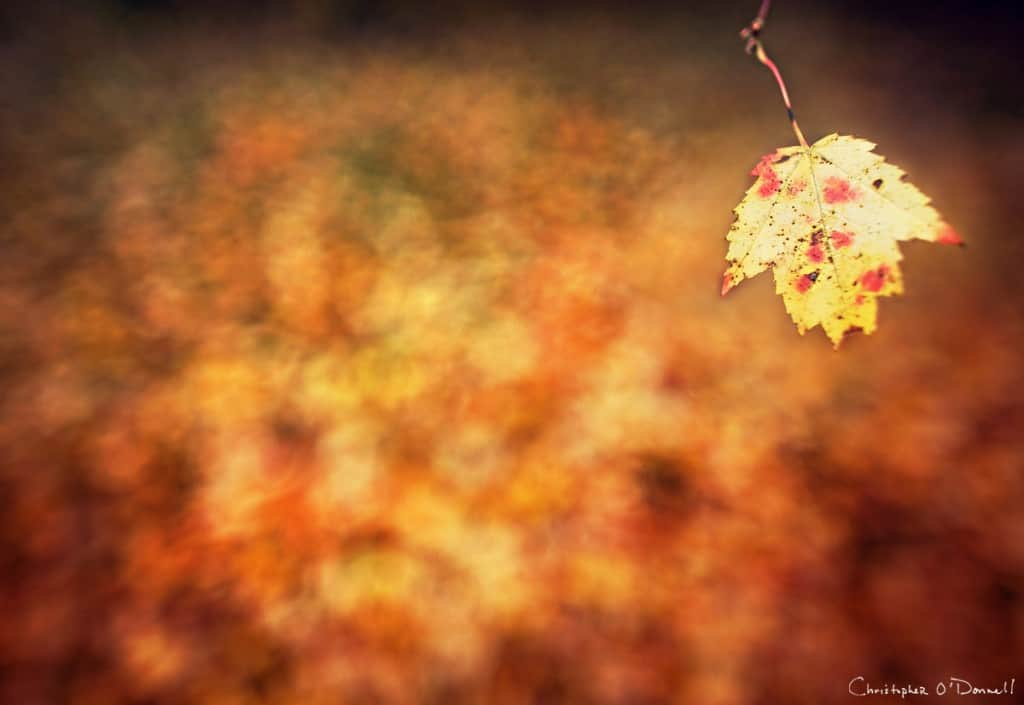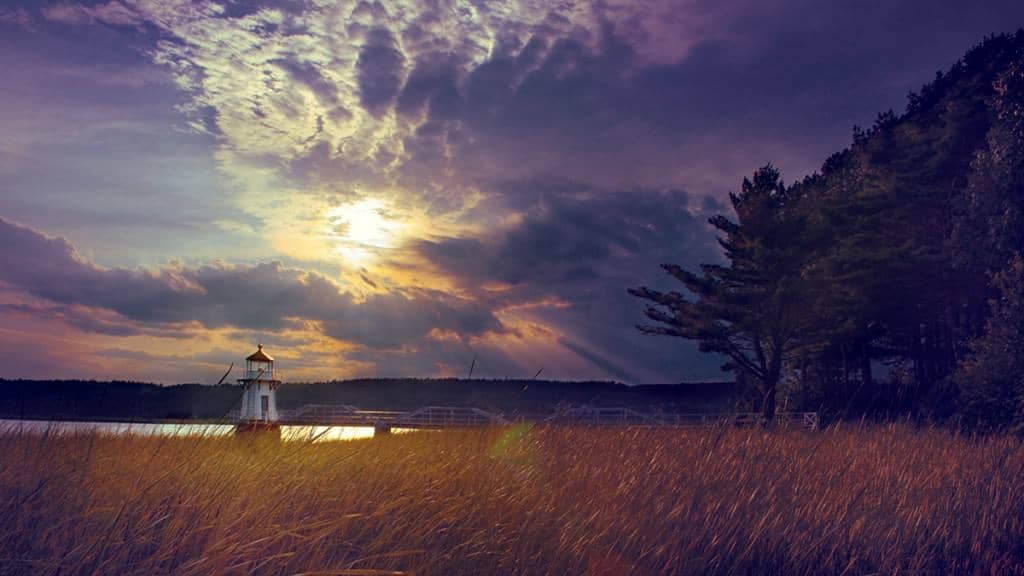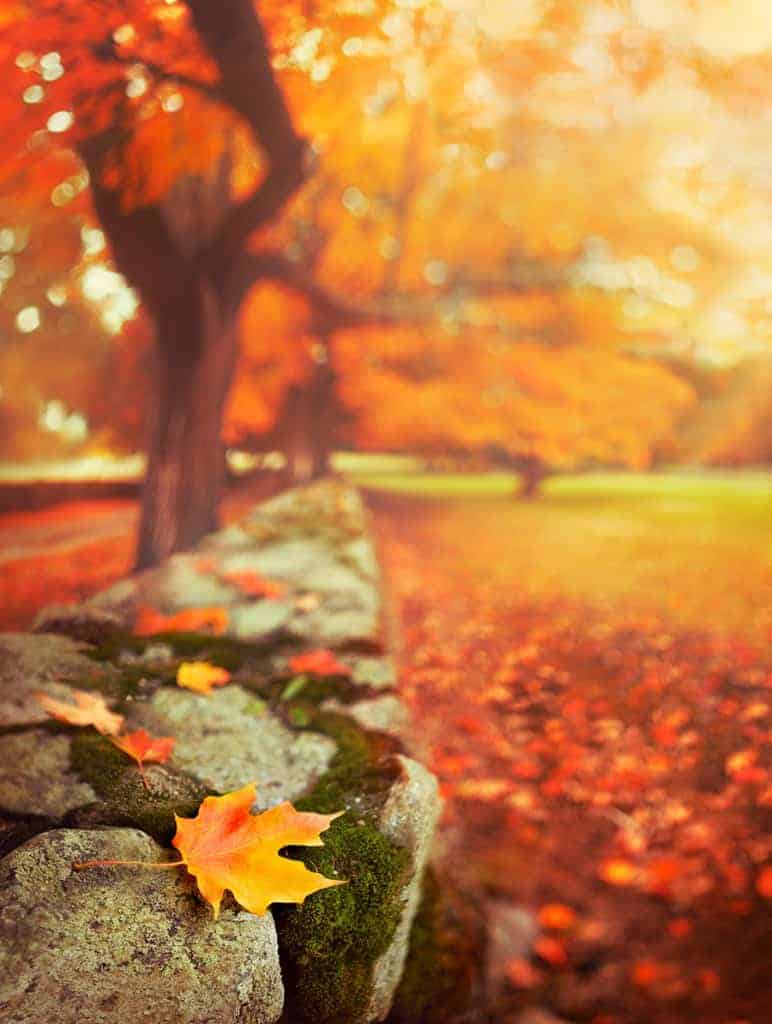Four Ways to Better Balance a Landscape Photograph
Four Ways to Better Balance a Landscape Photograph
The path to a stronger composition is not always clear in landscape photography, and at times can be the most challenging aspect of the craft. Since you can not physically alter the landscape to create your own vision, you as a photographer rely on your camera skills and creative techniques to control how the landscape appears through the lens.
This will often push the limits of your abilities…but these images are usually the most rewarding and beneficial to your creative development.
Below I discuss four versatile methods you can use to create a stronger composition, and all of them stem from one very important concept – balance.

Finding Balance
By knowing how to adjust the balance – or weight – of an image, you can greatly improve the composition of your landscape photographs.
The impact that balance has is oftentimes subliminal – a landscape image can be noted as being successful or powerful, but the “why” is not always obvious. Each focal point contributes to the overall composition of a photo, and when the weight is shifted between these points, it redirects the flow and harmony – which can produce an entirely different result.

When I write of “weight”, I refer to more than the obvious strong focal points within your frame that are easily identifiable – for the above image, those would be the guard shack, fence and sunset sky.
The ability to use the less-apparent negative space to counterbalance a strong subject is a powerful tool for composition, and one that can greatly improve the impact of your image.

With no identifiable focal points other than the focused leaf, I used the foliage backdrop to serve as negative space, which helped to balance out my composition.
Many landscape “rules” of composition stem from your ability to create balance – foreground interest is a good example to illustrate.
The idea of composing your landscape with a strong focal point in the foreground provides a point of reference against whatever backdrop that your image may possess, and can also act as a strong anchor point – something else to look at besides the mountain range, sunset sky, or other points of interest that draws attention from the eyes.

Foreground interest is a method landscape photographers use to redistribute the weight of an image – to place a focal point in the frame that can counterbalance the magnetism of another. It provides more interest, and encourages the viewer to look at other elements in your frame rather than just one – in other words, you’re creating a flow between the focal points for a more harmonious composition.
There are several ways to change the weight of your focal points. By utilizing the methods described below, you can learn how to alter the appearance of your landscape by shifting the weight and balance, which can improve the strength of your composition.
1. Focal Length
The focal length of your lens can contribute much to the overall impact of your image, and can greatly affect your balance.
The ability to tighten your composition and focus on a small part of the landscape….or alternatively, widen the borders of your frame and include more of your surroundings, can be a versatile tool for creating your composition. However, the focal length you choose can affect your balance in another way.
The weight of the focal points in your composition can be shifted by the apparent relation they have to one another. Your focal length can alter this relation substantially by compacting and exaggerating the distances between each point. Longer focal lengths can compact these distances, while wider focal lengths exaggerate them.
In other words, the longer your focal length is, the closer your subjects will appear in relation to each other. The distances get smaller.


I captured these two sunsets on the same evening, and from the exact same location. However, the weight and balance of my focal points are vastly different.
For the top photo, I used a focal length of 24mm – which put much distance in between the foreground grass, the middle ground lighthouse, and the distant sun.
However, when I switched to a focal length of 85mm for the bottom image, you can see how larger – or heavier- those focal points became by condensing the space between them.
If you want to change the balance of your image – that is, to lighten or increase the weight of a certain focal point – an adjustment to your focal length can help tremendously.
2. Perspective
While the focal length can alter the depth of your image from front to back – exaggerating or compacting the apparent distance between the foreground, middle ground, and background – your chosen perspective can also redistribute the weight of your focal points.
In particular, the height of your camera determines how much of a landscape you’re able to capture within one frame.
Lower perspectives can increase the depth and drama – making foreground elements appear larger, and background focal points appear smaller.
Additionally, a lower point of view can include more distant layers of interest in your composition that would have otherwise been excluded if you framed your focal point from a taller vantage point.

My vantage point here was quite low – only inches above ground level. This perspective allowed me to include the sky and sun within my frame, and also added more depth to the image.
3. Aperture
Your depth of field has much to do with the overall balance and weight of your image, and the aperture you choose can greatly change how light or heavy your focal points appear. You can selectively choose which focal points have more weight by bringing them into sharp focus, and reduce the weight of other elements by obscuring their appearance.

Want more on how to use your aperture creatively in landscape photography? Jump on over to this article.
4. Shutter Speed
Your chosen shutter speed can drastically alter the appearance of moving subjects in your landscape, which in turn can redistribute the weight and overall balance.
By purposefully lengthening your shutter speed, you can smooth the texture of otherwise heavy focal points – such as clouds, water, or wind-blown grass. This can create a harmonious relation between focal points for a more balanced composition.

Long exposures can quiet an otherwise busy image….such as smoothing out the textured clouds and choppy ocean above…and allow you to redistribute weight onto smaller focal points which would have been overwhelmed by a fast shutter speed. It’s minimalism being used as a way to create balance.
Having a heightened awareness to the weight of your focal points will help you create a more balanced image for a stronger composition. When you analyze the focal points in your image critically, you can find ways to counterbalance strong, heavy subjects with other elements in your frame.
Alternatively, you can adjust your composition to lighten the weight of those strong focal points, and redistribute the balance more evenly.
The landscape is a subject that we have to search for compositions rather than create them ourselves. By simply being aware of the weight of your focal points and how they interact with one another, you can begin to identify ways to shift the balance and create a stronger composition.
The methods above are simple outlines that can be the source of inspiration. They offer a boundary to work within – a starting point that can lead you down a path you haven’t traveled before, which can spark entirely new ideas of your own fruition.
